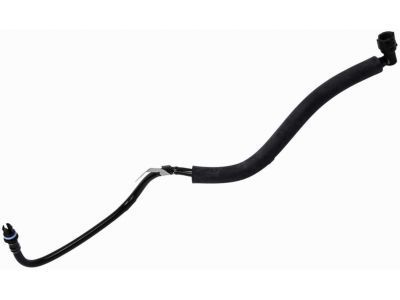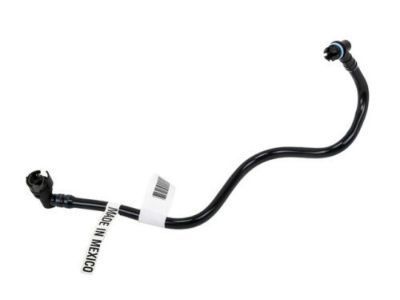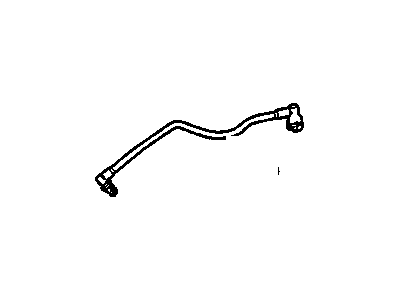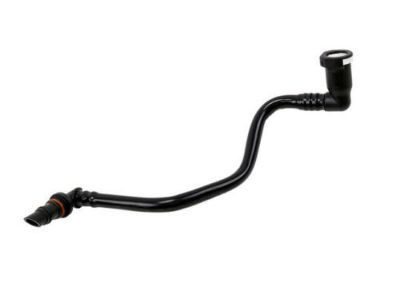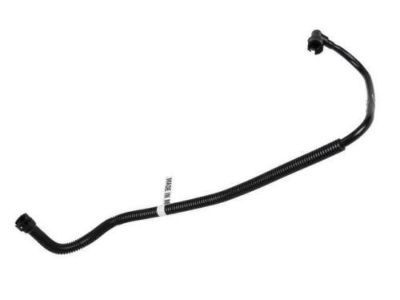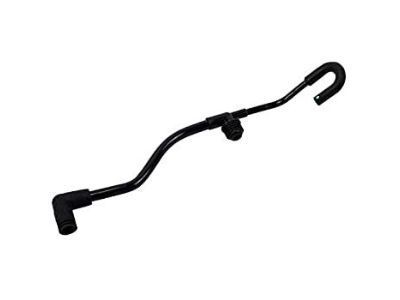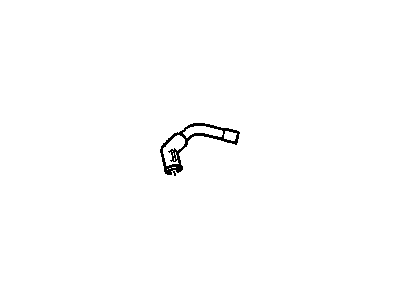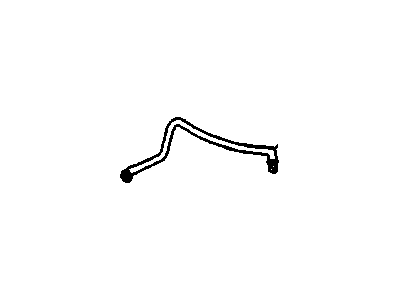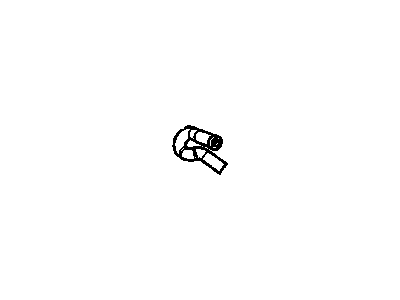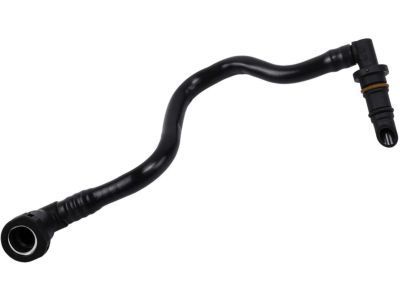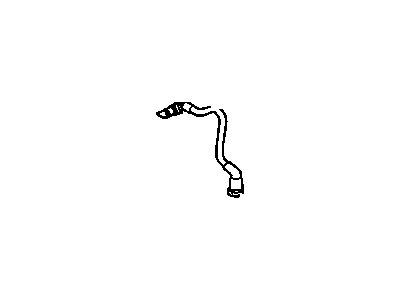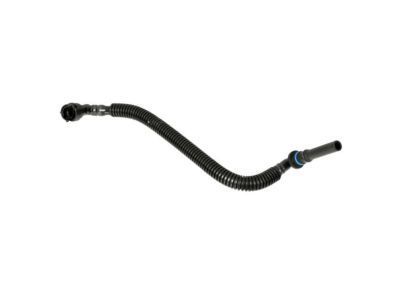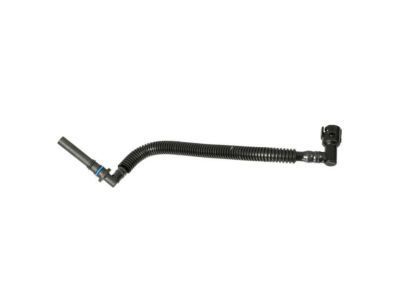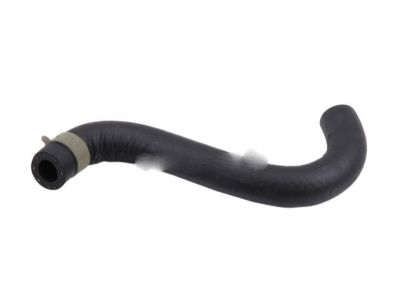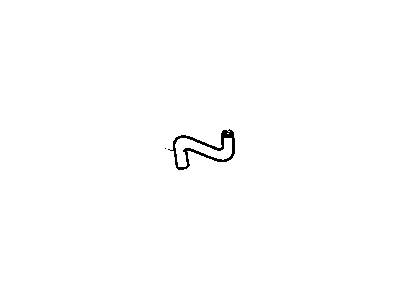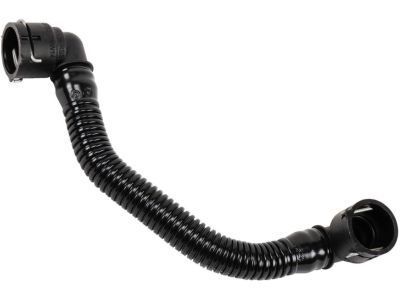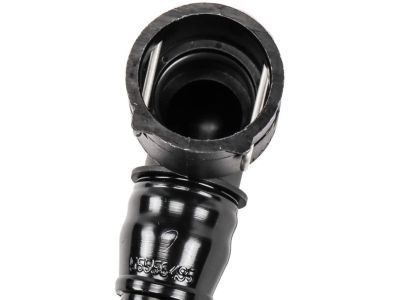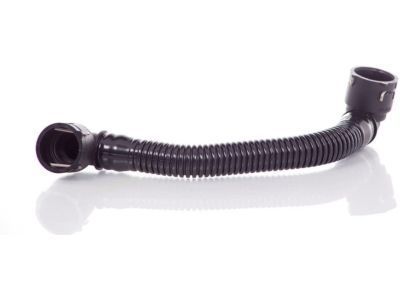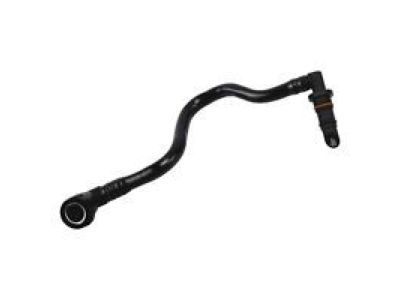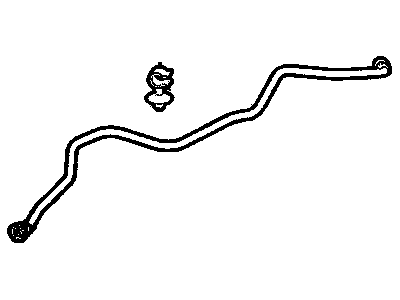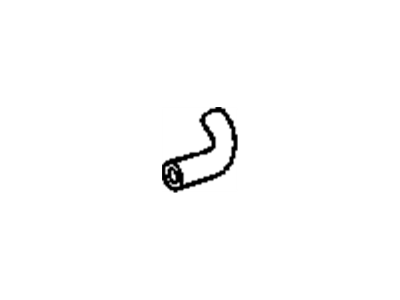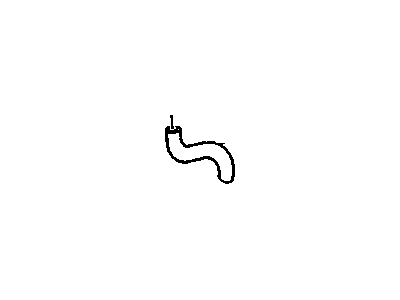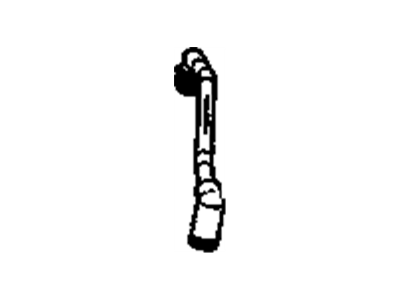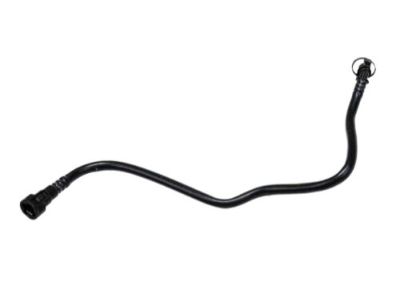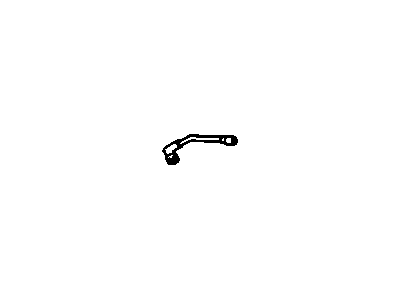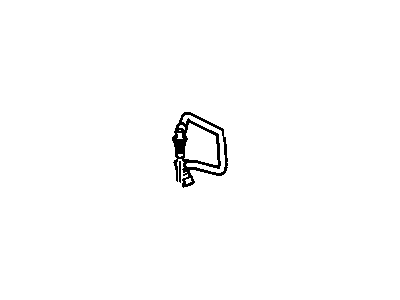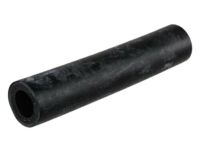
My Garage
My Account
Cart
Genuine Pontiac PCV Valve Hose
Positive Crankcase Ventilation Valve Hose- Select Vehicle by Model
- Select Vehicle by VIN
Select Vehicle by Model
orMake
Model
Year
Select Vehicle by VIN
For the most accurate results, select vehicle by your VIN (Vehicle Identification Number).
117 PCV Valve Hoses found
- Product Specifications
- Other Name: TUBE, Engine Crankcase Ventilation
- Product Specifications
- Other Name: TUBE, Engine Crankcase Ventilation; PCV Valve
Pontiac Tube Assembly, Pcv (Foul Air)
Part Number: 12598160$32.64 MSRP: $54.00You Save: $21.36 (40%)Ships in 1-2 Business DaysProduct Specifications- Other Name: TUBE, Engine Crankcase Ventilation
- Product Specifications
- Other Name: TUBE, Engine Crankcase Ventilation
Pontiac Tube Assembly, Pcv (Fresh Air)
Part Number: 12613199$10.29 MSRP: $19.42You Save: $9.13 (48%)Ships in 1-2 Business DaysProduct Specifications- Other Name: TUBE, Engine Crankcase Ventilation; PCV Valve
- Replaces: 12595962
Pontiac Tube Assembly, Pcv
Part Number: 12581194$9.17 MSRP: $15.18You Save: $6.01 (40%)Ships in 1-2 Business DaysProduct Specifications- Other Name: TUBE, Engine Crankcase Ventilation; PCV Tube
Pontiac Tube, Pcv
Part Number: 12594779$11.51 MSRP: $21.72You Save: $10.21 (48%)Ships in 1-2 Business DaysProduct Specifications- Other Name: TUBE, Engine Crankcase Ventilation
Pontiac Tube Assembly, Pcv
Part Number: 12590670$12.00 MSRP: $21.82You Save: $9.82 (45%)Ships in 1-2 Business DaysProduct Specifications- Other Name: TUBE, Engine Crankcase Ventilation; PCV Valve
Pontiac Tube,Pcv
Part Number: 12616914$10.75 MSRP: $19.54You Save: $8.79 (45%)Ships in 1-3 Business DaysProduct Specifications- Other Name: TUBE, Engine Crankcase Ventilation
- Replaces: 12595462
Pontiac Hose Assembly, Crankcase Vent
Part Number: 10118694$4.54 MSRP: $7.26You Save: $2.72 (38%)Ships in 1-2 Business DaysProduct Specifications- Other Name: HOSE, Engine Crankcase Ventilation
Pontiac Pipe,Pcv
Part Number: 55556495$13.80 MSRP: $26.04You Save: $12.24 (47%)Ships in 1-2 Business DaysProduct Specifications- Other Name: PIPE, Engine Crankcase Ventilation; PCV Hose, PCV Valve
Pontiac Tube,Pcv
Part Number: 92214362$25.30 MSRP: $31.02You Save: $5.72 (19%)Ships in 1-2 Business DaysProduct Specifications- Other Name: TUBE, Engine Crankcase Ventilation
- Product Specifications
- Other Name: HOSE, Engine Crankcase Ventilation
- Product Specifications
- Other Name: HOSE, Engine Crankcase Ventilation
Pontiac Tube Assembly, Pcv
Part Number: 12601804$8.83 MSRP: $14.09You Save: $5.26 (38%)Ships in 1-2 Business DaysProduct Specifications- Other Name: TUBE, Engine Crankcase Ventilation
Pontiac Hose, Pcv
Part Number: 12617908$21.17 MSRP: $39.94You Save: $18.77 (47%)Ships in 1-2 Business DaysProduct Specifications- Other Name: HOSE, Engine Crankcase Ventilation; PCV Hose, PCV Valve
Pontiac Hose, Evap Emis Cnstr Purge
Part Number: 25199833$28.31 MSRP: $53.42You Save: $25.11 (47%)Ships in 1-2 Business DaysProduct Specifications- Other Name: PCV Hose
- Replaces: 96409132
- Product Specifications
- Other Name: TUBE, Engine Crankcase Ventilation
- Product Specifications
- Other Name: HOSE, Engine Crankcase Ventilation
- Product Specifications
- Other Name: TUBE, Engine Crankcase Ventilation
| Page 1 of 6 |Next >
1-20 of 117 Results
Pontiac PCV Valve Hose
If you're searching for OEM Pontiac PCV Valve Hoses, look no further. Our website boasts an extensive inventory of genuine Pontiac PCV Valve Hoses, all available at competitive prices online. Every part we offer comes with a manufacturer's warranty. In addition, we provide a straightforward return policy and rapid delivery services, making your shopping experience a breeze.
Pontiac PCV Valve Hose Parts Questions & Experts Answers
- Q: What is the Role of the PCV System in Reducing Hydrocarbon Emissions and How Do You Inspect and Replace PCV Valve Hose on Pontiac G6?A:The Positive Crankcase Ventilation (PCV) system is a very important in minimizing hydrocarbon emission by evacuation of crankcase full of unburned hydrocarbon fumes. On a four cylinders the system comprises a single crankcase ventilation hose that sucks in crankcase vapors through the vent housing installed on the under part of the valve cover and then channeling the vapors into the air intake duct before entering the combustion chambers. For V6 models, there is a fixed orifice on the front valve cover; two hoses control the air fresh and crankcase vapor with regard to intake manifold vacuum. Deterioration of PCV system is not good for the engine; therefore, one should check the hoses for the crack or any obstruction and to clean or replace as the case may be. Approxations of both of these problems may include a rough idle as well as stalling, or the presence of oil leaks, and in interpretation of a leakage sign, there may be rough running or high idle speed. A functional check on V6 models involves a removal of the end of PCV hose, the starting of the engine and checking for vacuum. In case of a higher crankcase pressure that is above the expected limit then it is advised to be checked by an expert. In cases of heavy sludge or oil dilution, more tests are required. In case of component exchange, it requires removal of hoses and conditioning or replacement of vent housing, fixed orifice, however, vent housing is molded in the valve cover and cannot be replaced independently.
Related Pontiac Parts
Browse by Model
6000 PCV Valve Hose Aztek PCV Valve Hose Bonneville PCV Valve Hose Fiero PCV Valve Hose Firebird PCV Valve Hose G3 PCV Valve Hose G5 PCV Valve Hose G6 PCV Valve Hose G8 PCV Valve Hose GTO PCV Valve Hose Grand Am PCV Valve Hose Grand Prix PCV Valve Hose J2000 PCV Valve Hose LeMans PCV Valve Hose Montana PCV Valve Hose Parisienne PCV Valve Hose Phoenix PCV Valve Hose Pursuit PCV Valve Hose Solstice PCV Valve Hose Sunbird PCV Valve Hose Sunfire PCV Valve Hose Sunrunner PCV Valve Hose Torrent PCV Valve Hose Trans Sport PCV Valve Hose Vibe PCV Valve Hose
